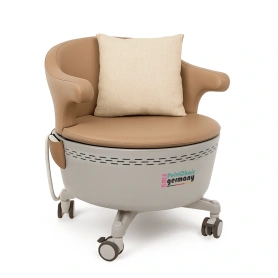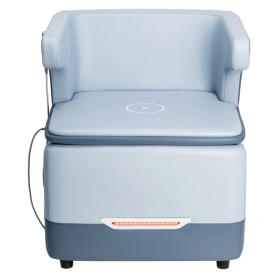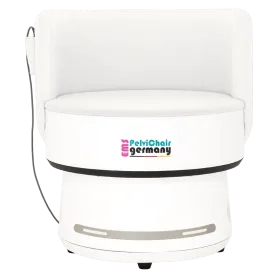Pelvic Floor Training: Strengthening the Body's Foundation for Health and Well-being
Historical Background: Pelvic floor training originated in physiotherapy and has increasingly been recognized as a holistic method for strengthening the body's core.
Consultation and Skin Analysis: Before pelvic floor training, an individual consultation is conducted to understand the needs and goals of each person. A comprehensive skin analysis is less relevant in this context.
Treatment Options: Pelvic floor training can be performed in various ways, including targeted exercises, biofeedback-assisted training, and electrostimulation.
Treatment Procedure in Detail: Introduction and Anamnesis: The treatment often begins with an introduction to the anatomy of the pelvic floor and an anamnesis to consider individual needs.
Exercises and Techniques: Depending on the chosen method, targeted exercises and techniques are taught to strengthen and coordinate the pelvic floor.
Biofeedback (optional): Some training forms may involve biofeedback to provide individuals with feedback on their muscle activity.
Duration of Session:
A single session for introduction and guidance may last about 60 minutes. The individual exercise plan can then be performed independently at home.
Aftercare and Care Recommendations: Aftercare often involves independently performing the learned exercises at home. Regular check-ups may be advisable.
Expected Results: The results of pelvic floor training vary but may include improved control over bladder and bowel, increased sexual satisfaction, and overall strengthening of the body's center.
Risks and Side Effects: Pelvic floor training is generally safe when performed correctly. Possible side effects include muscle soreness or initial difficulties.
Training Cycle and Regularity: The regularity of training is crucial for success. An individual training plan is tailored to the needs and progress of each individual.
Alternative Options: For certain medical concerns, physiotherapeutic support may be beneficial. Electromyostimulation may be considered as an additional measure.
Long-Term Body Care: Pelvic floor training should be considered a long-term component of a healthy lifestyle to maintain the effects achieved.
Safety Standards and Hygiene: High standards of hygiene and safety should be ensured in professionally guided training sessions.
If you need further assistance or have any questions, feel free to ask!









